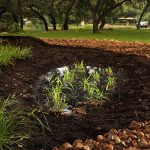69 butterfly species counted in one day!
The Annual Butterfly Count
Every year throughout North America, butterfly enthusiasts, entomologists, nature lovers, and curious volunteers gather to survey butterfly populations in their region. On June 7th 2018 in San Antonio the North American Butterfly Association group spread out over San Antonio, identifying and recording every butterfly species they see. They went to the San Antonio Botanical Garden, Mitchell Lake Audubon Center and the San Antonio River Mission Reach. They found 69 different butterfly species.
Identifying Butterflies
A butterfly’s subtle wing spots, antennae structure and affinity for certain plants all factor into differentiating between the species. A number of energetic butterflies no larger than the size of a nickel were identified. They’re called skippers and there were a few types spotted including: multiple fiery skippers with bright orange wings; and white checkered or common skippers with spotted, or “checkered,” white and brown patterns on their wings.
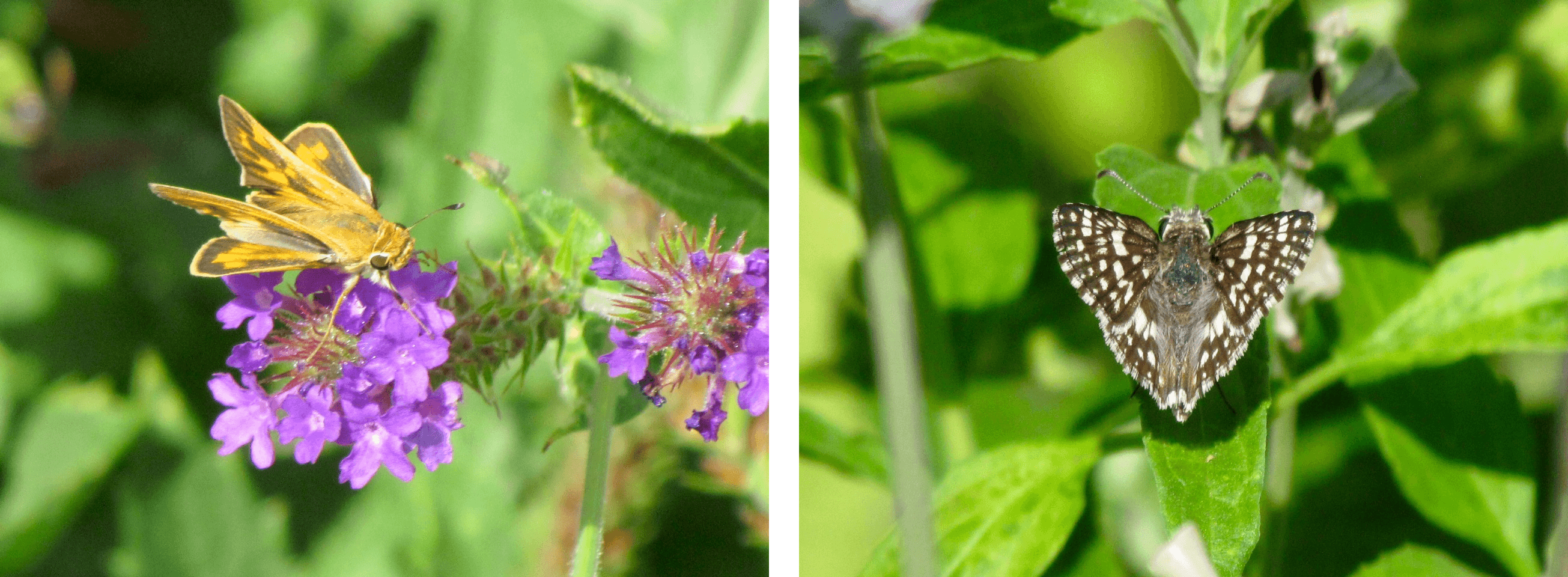
Swallowtail butterflies are common in the San Antonio Botanical Garden, but they’re much larger than skippers and sport a range of colors, from a bright black and yellow pattern to a black and iridescent blue combination that reflects brightly in the sun.
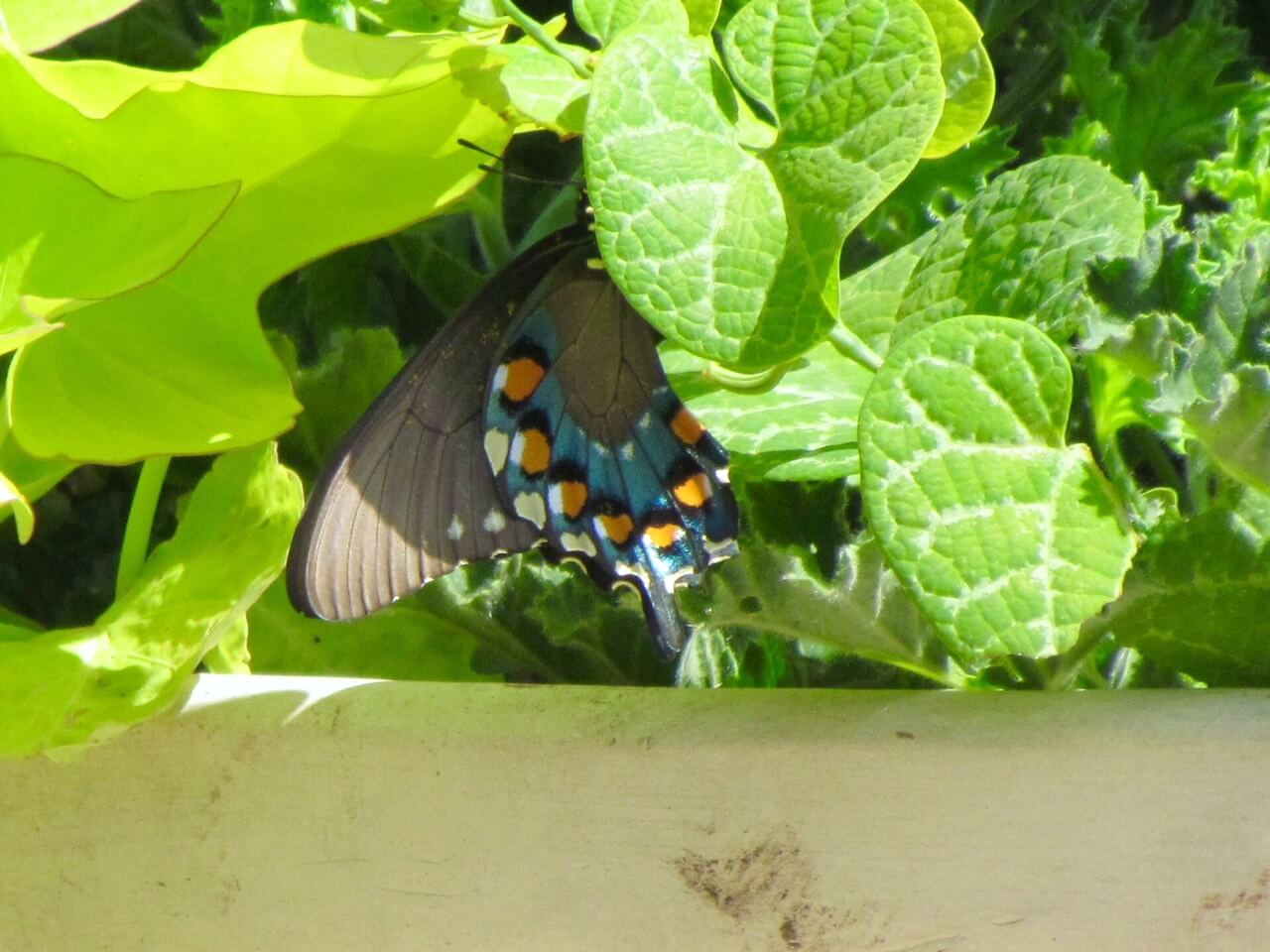
Butterfly counters saws the large black and iridescent blue butterfly, called the pipevine swallowtail, laying her eggs on the Dutchman’s Pipe (Aristolochia macrophylla).
The Lyside butterfly was spotted near its favorite plant, the Guayacan tree. This species is a welcome visitor to San Antonio thanks to the landscape at the Botanical Garden.
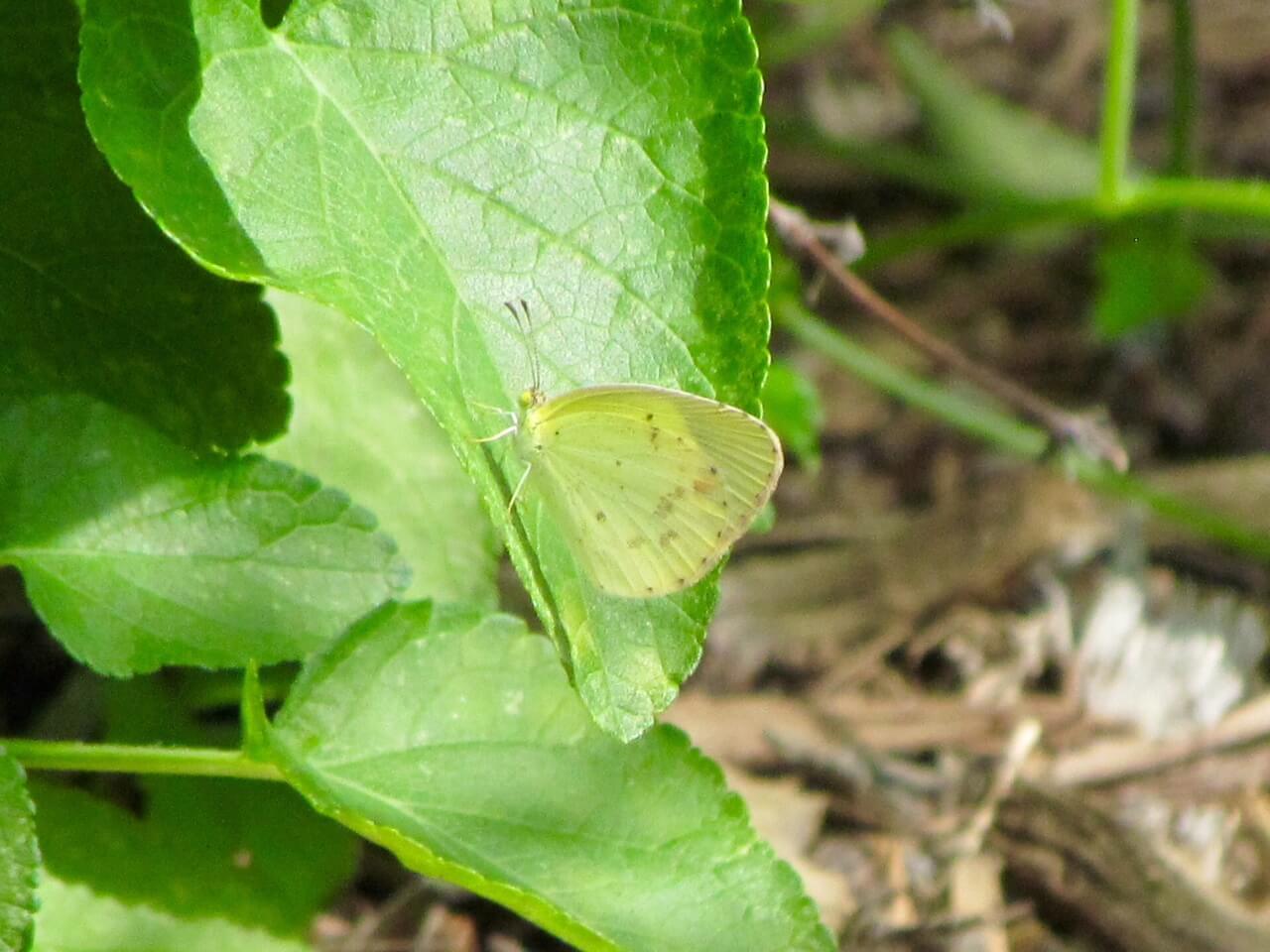
The queen butterfly, commonly mistaken for a monarch, was also seen many times, marked by its bright orange and black wings with white spots. The difference: the wings lack the stained-glass appearance particular to the Monarch’s.
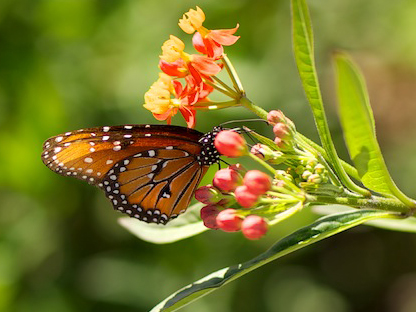
Results of the annual count are published in the North American Butterfly Association’s annual Butterfly Count Report.
Join the annual counts and learn to identify native butterfly species too — click here for more information!




